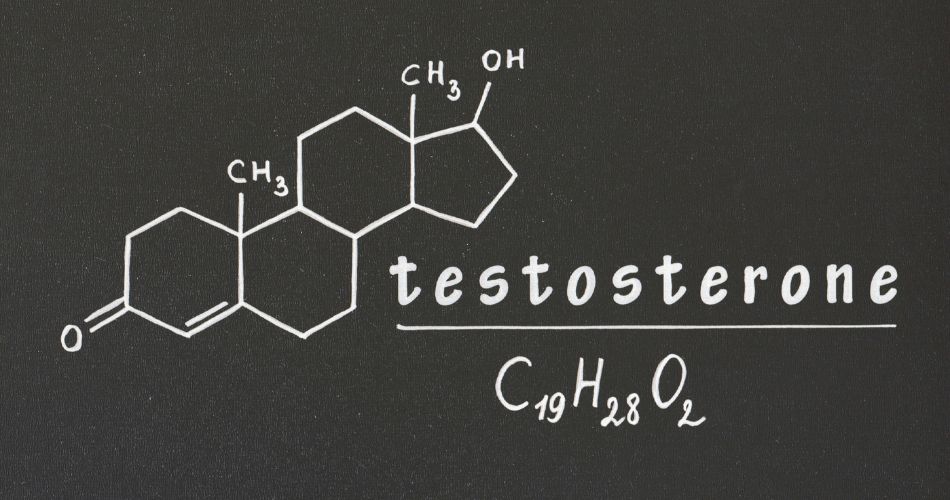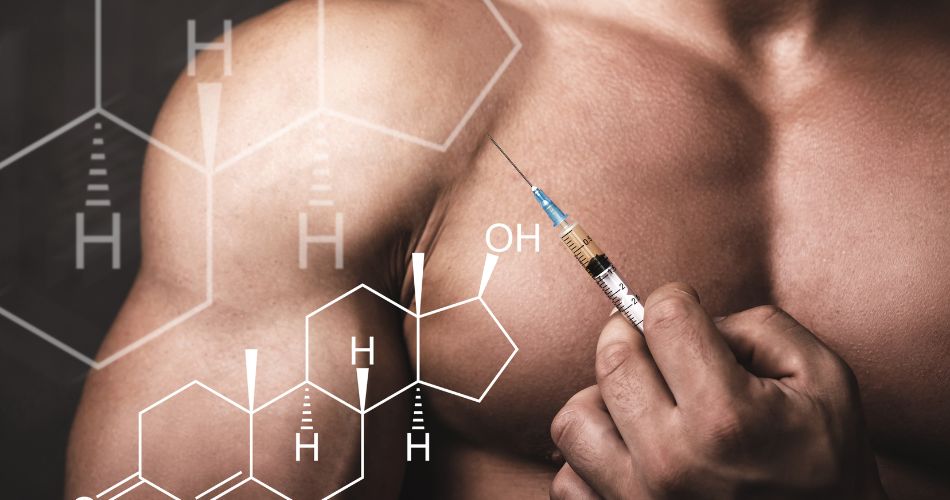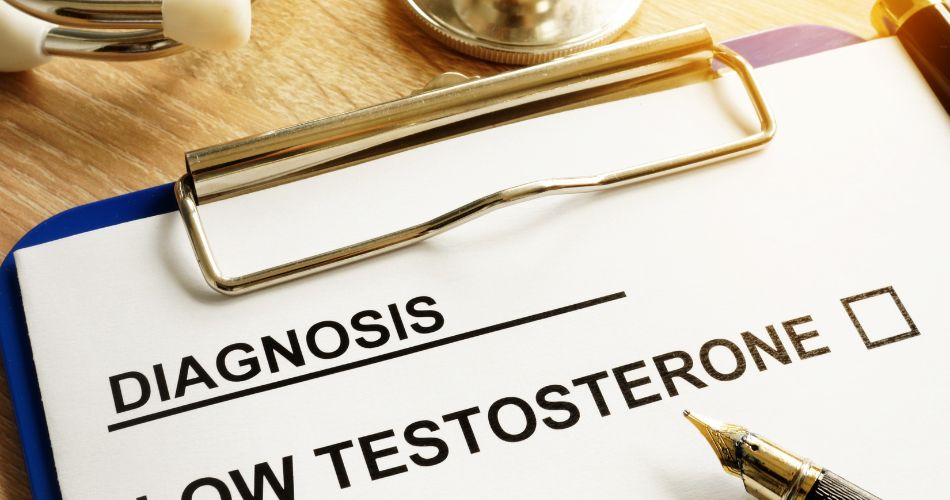
What is testosterone: find out everything here
Testosterone is a male sex hormone that participates in the development of the genitals and the appearance of secondary sexual characteristics in men.
It is an anabolic steroid that is produced primarily by the testicles, although a small amount is also released by the adrenal glands. You want to know more? Then join us and continue reading this article that from the Vpharma Blog we have prepared for you. Let’s start!
First let’s define: What is testosterone?

Testosterone is a steroid hormone because it comes from cholesterol. Specifically, testosterone is part of the group of hormones called androgens and is the main male sex hormone.
How does testosterone production occur in men?
In men, about 95% of testosterone is produced by the Leydig cells of the testicles. This process is known as steroidogenesis and is perfectly regulated by the hypothalamus and pituitary gland of the brain through the hormone LH.
Once expelled into the blood, testosterone travels through the bloodstream bound to other proteins: sex hormone binding globulin (SHBG) and albumin. Due to this binding, the function of testosterone is inhibited because it cannot bind to its receptor.
On the other hand, a small amount of testosterone remains free in the blood and is active to carry out its function.
What is testosterone: We tell you about some functions of testosterone in men
Next, we are going to detail the functions of testosterone in the men’s body:
- Promotes the development and growth of the penis, testicles, scrotum and sexual secretory glands.
- Promotes the appearance of phenotypic characteristics of men: appearance of beard and body hair, deepening of the voice, growth of the Adam’s apple, among others.
- It stimulates the production of sperm (spermatogenesis) in the seminiferous tubules and thus the development of male fertility.
- It stimulates the maturation of spermatids to become spermatozoa and the definitive formation of semen.
- Develops bone growth and prevents osteoporosis.
- Promotes increased muscle mass and strength.
- Increases libido or sexual desire.
Now, we are going to talk to you about 12 symptoms of low testosterone levels.

Below are common signs and symptoms of low testosterone in men. Women may also experience some of the following:
1. Problems with erections
Low testosterone can cause fatigue and mood swings, and make it difficult to get or maintain erections. Testosterone also stimulates penile tissues to produce nitric oxide, which initiates several reactions that cause an erection. If hormone levels are too low, a man may not be able to have an erection.
2. Hair loss
Many men experience hair loss as a natural part of aging, and age-related hair loss can affect women as well. The authors of a 2012 study determined that testosterone implants promoted hair growth in some women who were being treated for symptoms of sex hormone deficiency.
3. Reduction in bone mass
Testosterone helps produce bone tissue and maintain bone volume. Therefore, low testosterone can cause a reduction in this volume, which can make bones more susceptible to fractures.
4. Reduction in the size of the testicles
A man with low testosterone may notice a reduction in the size of his testicles that is not related to cold temperatures. The scrotum may also feel softer than usual.
5. Reduction in the amount of semen
Semen is the liquid that makes up the majority of male ejaculate. This type of fluid helps the sperm move toward the egg.
Testosterone helps stimulate semen production and reduced semen levels may indicate a reduction in testosterone. It can also cause problems with fertility.
6. Difficulty sleeping
Men with low testosterone may have difficulty falling asleep or staying asleep.
Many men with low testosterone also have sleep apnea. This potentially serious disorder causes a person to temporarily stop breathing, disrupting sleep.
7. Lower sexual desire
Men with low testosterone often experience a reduction in their sexual desire. The reduction in sexual desire occurs naturally with age, but when the cause is low testosterone, a man will notice a significant decrease in desire for sex.
8. Reduction in muscle mass
Testosterone plays a role in the development of muscle mass and reduction in levels of the hormone can cause significant loss of muscle mass.
However, while low testosterone causes a reduction in mass, muscle function and strength is not reduced, according to the findings of a 2016 review.
9. Hot flashes or feeling of suffocation
Although many people associate hot flashes with estrogen levels that fluctuate during menopause, low testosterone levels can also cause this symptom.
10. A decrease in energy levels
Low testosterone can cause reduced energy levels and fatigue. A person may feel tired even after adequate rest or may develop less interest in the exercise or activity.
11. An increase in body fat
A reduction in testosterone can cause an increase in body fat. In some cases, men with a deficiency of the hormone develop gynecomastia, which causes breast enlargement.
12. Mood swings or mood swings
Some evidence suggests that men with low testosterone levels are likely to experience poor concentration, irritability, and depression.
What is the function of testosterone in men?
Testosterone has two different actions in the male body:
1. Androgenic effect
It helps in the formation and maintenance of male sexual characteristics such as the appearance of a beard, a change in voice, etc.
2. Anabolic effect
Increases bone build and strength in men, in addition to stimulating bone growth and maturation.




